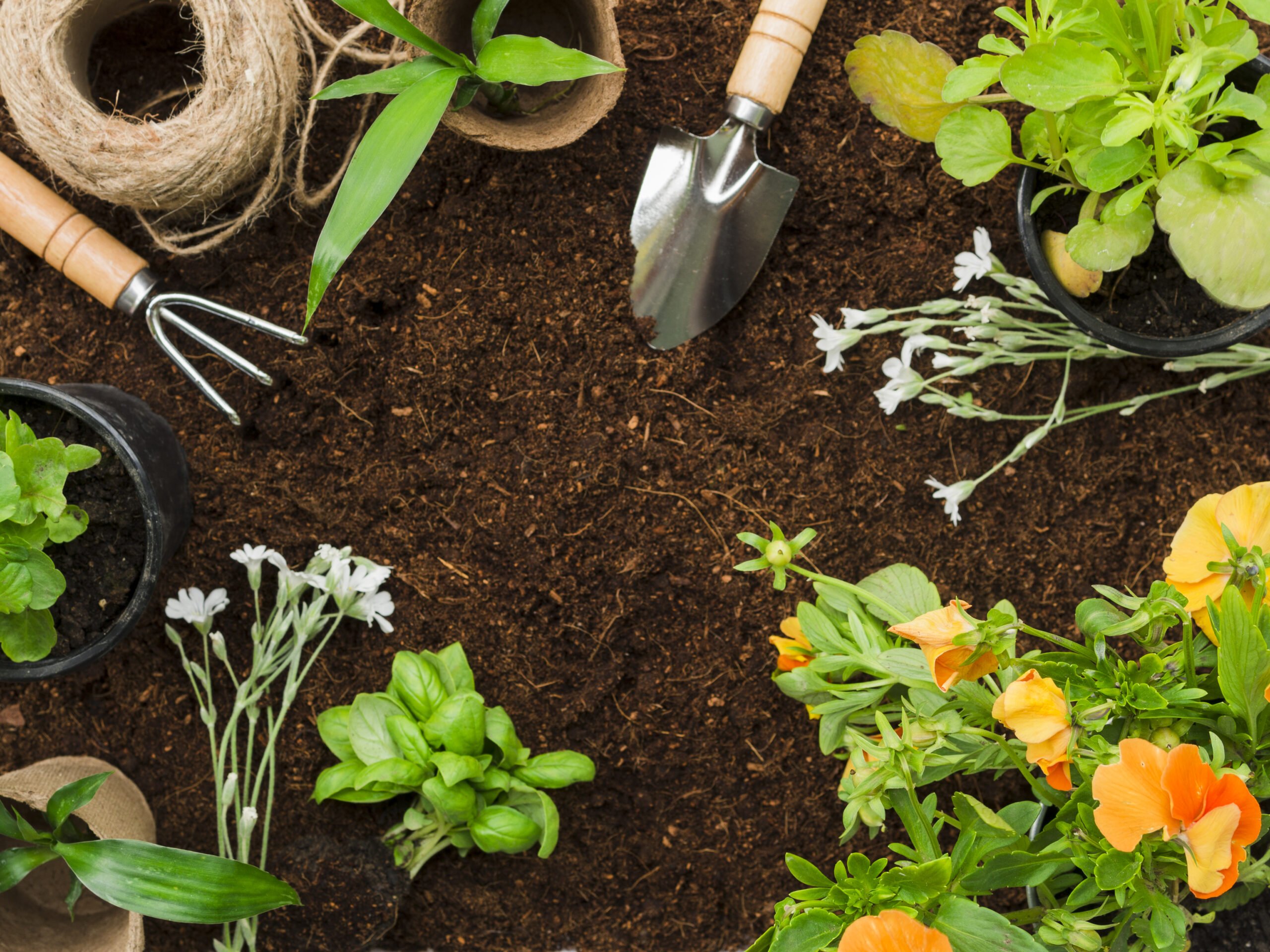
As the summer heat begins to dissipate and the days grow shorter, garden enthusiasts know that fall is the perfect time to get their hands in the soil and prepare for the upcoming season. With cooler temperatures and moist soils, September, and October offer ideal conditions for fall planting. Whether you are looking to add vibrant colors to your garden or ensure the health and longevity of your existing plants, this comprehensive fall planting guide will provide you with all the information you need to create a thriving garden that will outshine the rest.
Table of Contents
Unlocking Autumn’s Beauty: Your Fall Planting Guide
As the seasons change and the cool embrace of fall settles in, it’s time to seize the opportunity to prepare your garden for a spectacular transformation. Below are the tips to make the most of this season.
Planting Spring Flowering Bulbs
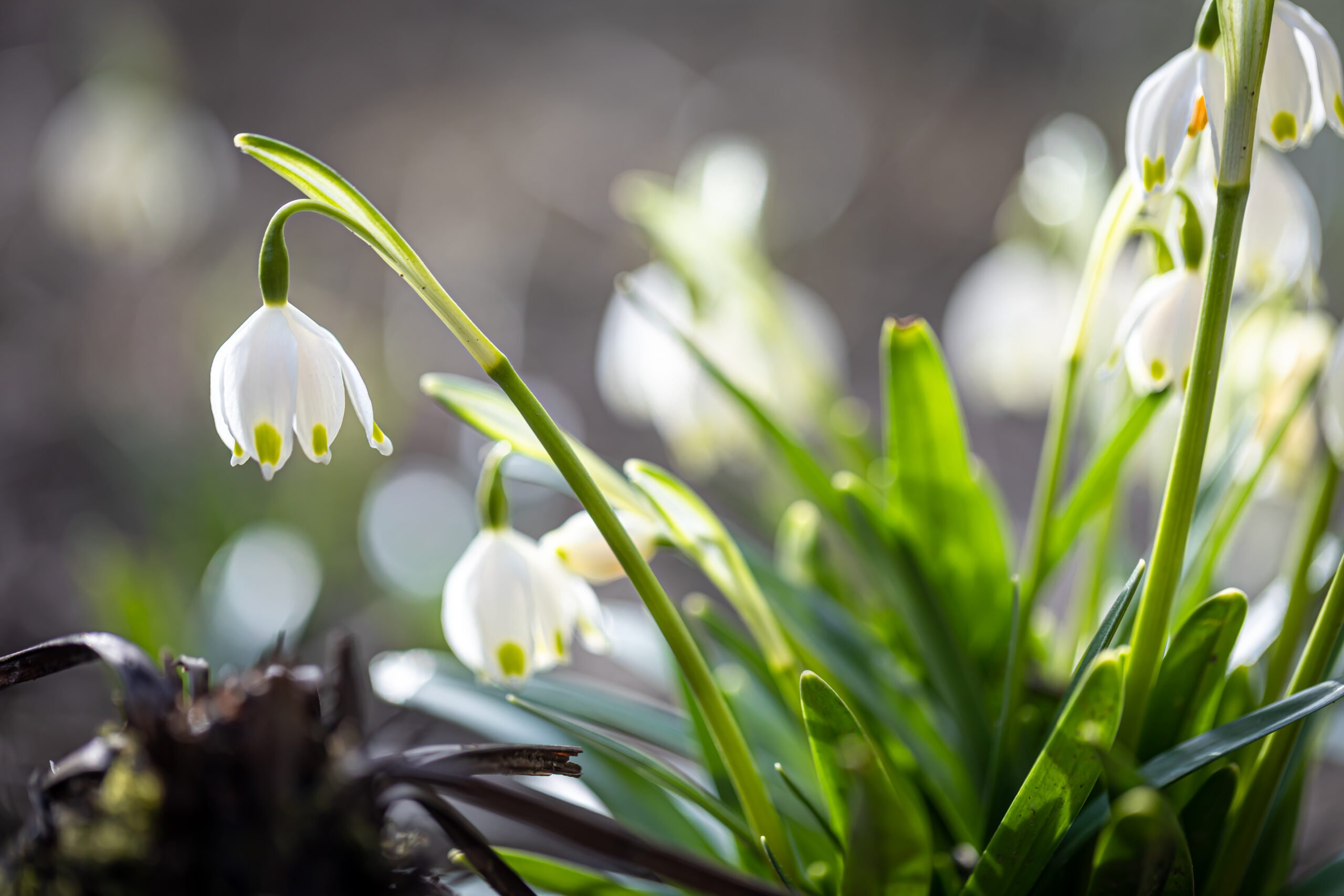
As autumn paints the landscape with its warm hues, it’s the perfect time to think ahead to the vibrant blooms of spring. Planting spring flowering bulbs in the fall is a time-honored tradition among gardeners, heralding the promise of colorful and fragrant blossoms after the winter chill subsides.
Let’s embark on this journey to transform your garden into a stunning springtime spectacle.
Selecting Bulbs
When preparing for fall planting, it’s crucial to select high-quality bulbs. Opt for firm, plump bulbs that are free from any signs of disease or damage. These healthy bulbs are more likely to thrive and produce beautiful blooms come spring.
Choosing the Right Location
One of the key factors for successful bulb planting is choosing the right location in your garden. Spring flowering bulbs, including tulips, daffodils, and hyacinths, typically prefer full sunlight. Ensure that the selected spot receives ample sunlight throughout the day. Additionally, it’s essential to have well-drained soil to prevent bulb rot.
Timing Matters
Timing is everything when it comes to planting spring flowering bulbs. Aim for mid-to-late September, as this is the prime time to get these bulbs in the ground. By planting in the fall, you provide them with the necessary cold period for proper dormancy, setting the stage for a spectacular spring display.
Proper Planting Depth
Different types of bulbs have varying planting depths. Check the packaging or research the specific requirements for the bulbs you’ve chosen. Typically, bulbs should be planted at a depth that is two to three times their diameter. Planting at the correct depth ensures they have the best chance to grow and flourish.
Spacing for Success
Follow the spacing recommendations provided on the bulb packaging. Proper spacing allows each bulb to have enough room to grow and prevents overcrowding, which can lead to competition for nutrients and space.
Watering and Care
Following the planting process, it’s essential to provide a generous watering to help the soil settle and encourage robust root development. Maintain a consistent level of moisture in the soil, avoiding excessive saturation, throughout the autumn season. As winter approaches, mulch the area to help insulate the bulbs and protect them from extreme temperature fluctuations.
Anticipating Spring Beauty
Once you’ve planted your bulbs, all that’s left to do is wait for spring. As the weather warms, your garden will burst with vibrant colors and fragrant blooms, creating a stunning display that will outshine the rest. Be patient, and your efforts in the fall will be rewarded with a breathtaking garden in the months to come.
Dividing Perennials for Blooming Success
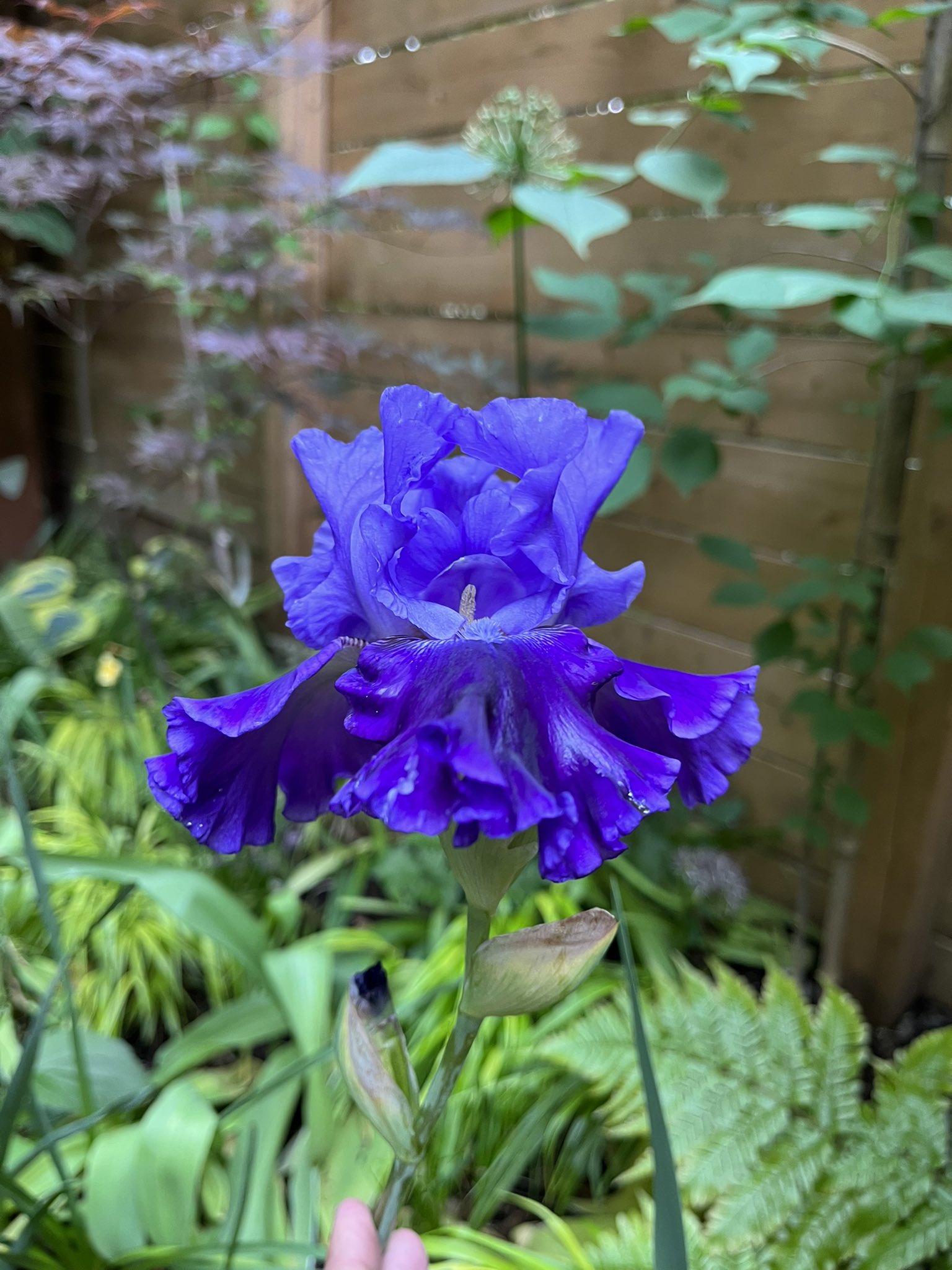
The ideal period for splitting perennials that flower during the spring and summer extends from late summer to early autumn. Dividing your perennials not only helps maintain their health and vigor but also allows you to propagate new plants for other areas of your garden or to share with fellow gardening enthusiasts. Start by identifying the plants that require dividing, such as irises, daylilies, and hostas.
Gently excavate the entire plant, being cautious not to harm its root system. Gently separate the clumps into smaller sections, making sure each division has sufficient roots and foliage. Replant the divisions in a well-prepared bed with adequate spacing and water thoroughly. Dividing your perennials will not only rejuvenate the plants but also promote better blooming and overall plant health.
Preparing for the First Frost
As the weather turns colder, it is essential to prepare your garden for the first frost. Tender perennials, such as cannas, begonias, and gladiolus, are particularly susceptible to freezing temperatures and should be dug up before the frost arrives. Cut back the foliage and discard any damaged or diseased parts. Gently lift the bulbs, corms, or rhizomes from the ground, being careful not to break or bruise them.
Shake off any excess soil and store it in a cool, dark place with dry peat moss or vermiculite. This will help protect them from moisture and prevent them from rotting during the winter months. When the threat of frost has passed in the spring, you can safely replant these bulbs outdoors for another season of stunning blooms.
Bringing Houseplants Indoors
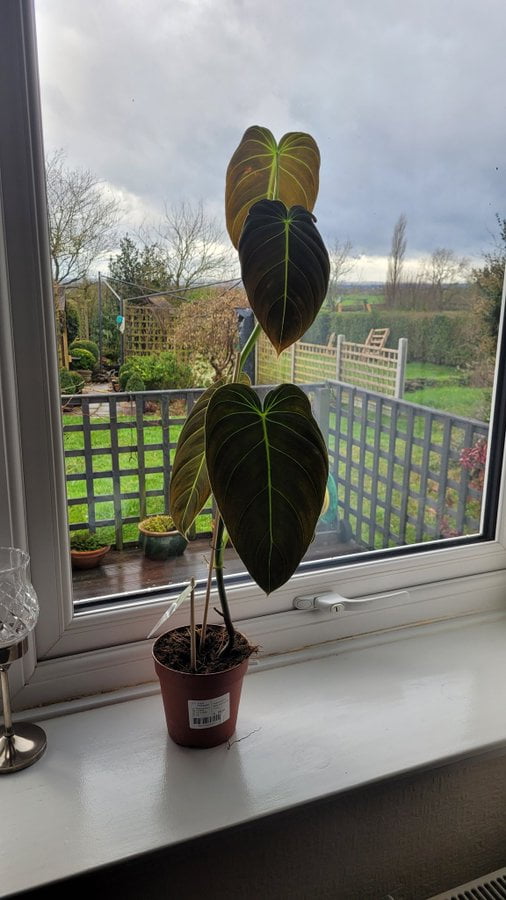
Before night temperatures drop below 55°F, it’s crucial to bring your houseplants back indoors. Most indoor plants thrive in temperatures between 60°F and 75°F, making it necessary to remove them from the cooler outdoor environment. Before bringing them inside, inspect the plants for any signs of pests or diseases. Trim back any dead or overgrown foliage to encourage healthy growth. Check the soil for moisture and water if necessary. Once indoors, place your houseplants in a location that receives adequate sunlight and offers the optimal temperature and humidity conditions for their specific needs. Regularly monitor the plants for any signs of stress or pests, and adjust their care accordingly.
Deadheading and Fertilizing for Optimal Growth
As the gardening season winds down, it is essential to deadhead your perennials. Deadheading involves removing spent flowers and seed heads to redirect the plant’s energy toward new growth rather than seed production. Additionally, be sure to discard any dead or diseased foliage to reduce the risk of infection in the upcoming year. By practicing proper deadheading and removing debris, you are promoting a healthier garden and preventing the spread of diseases.
To ensure the continued health and vitality of your trees and shrubs, fertilize them after mid-September. Use a slow-release fertilizer specifically formulated for trees and shrubs and follow the package instructions for application rates. This will provide your plants with the necessary nutrients to strengthen their roots and prepare them for the harsh winter conditions. Remember to water thoroughly after applying the fertilizer to help it reach the plant’s root zone.
Maintaining a Lush Lawn
While tending to your garden, don’t forget about your lawn. In the fall, weeds tend to thrive, so it’s important to take preventive measures. Apply a broadleaf weed killer to your lawn to control the growth of these unwelcome invaders. Be sure to carefully read and follow the product instructions to ensure safe and effective application. Keeping your lawn weed-free not only improves its appearance but also allows your grass to grow more vigorously.
Welcoming Migrating Birds
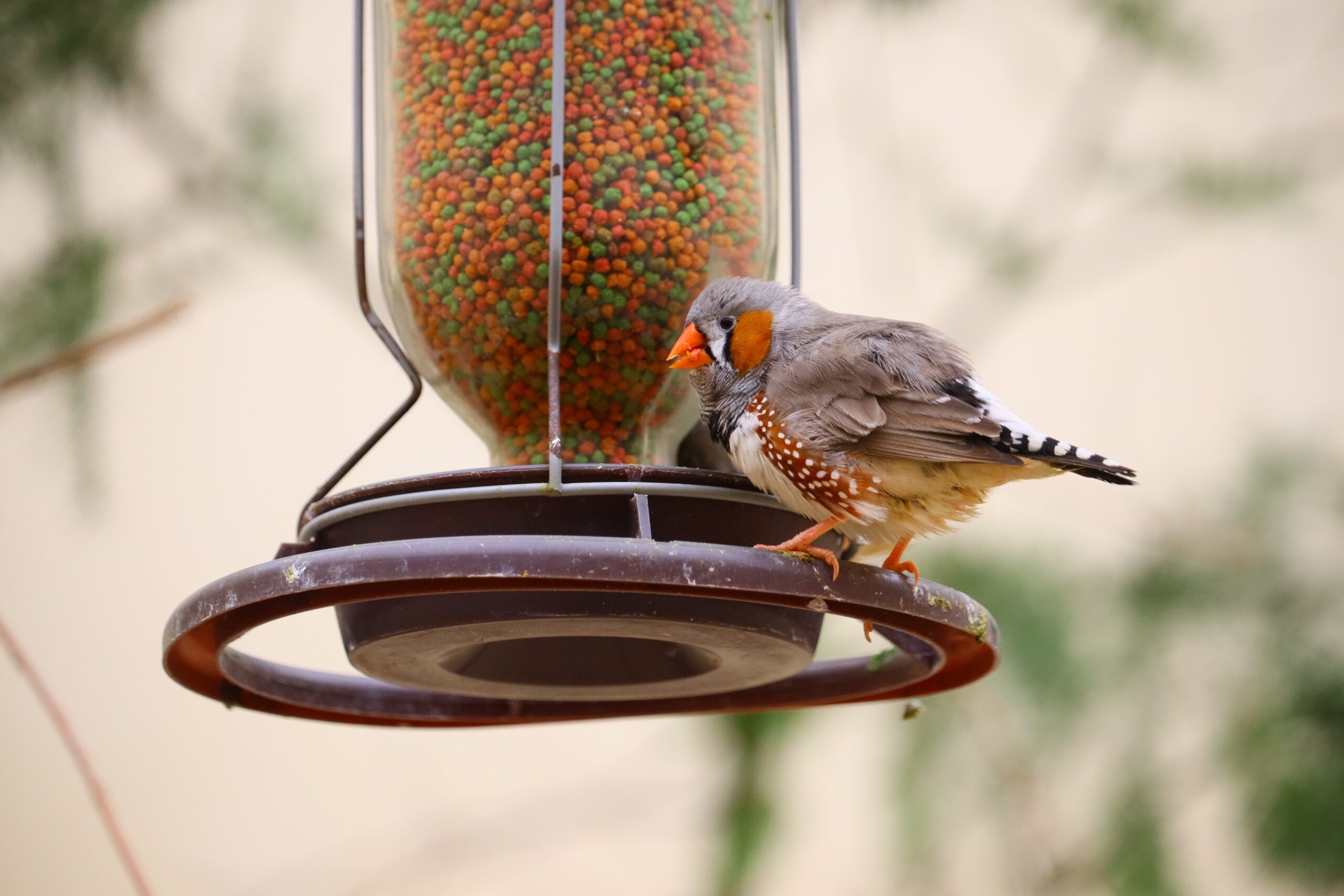
As the seasons change, many bird species embark on their journey south for the winter. To support these magnificent creatures, restock your bird feeders and provide them with a fresh water source daily. This will not only attract a diverse array of birds to your garden but also help sustain them during their long and arduous migration. By creating a welcoming habitat, you can enjoy the beauty and melodious songs of these winged visitors throughout the fall season.
